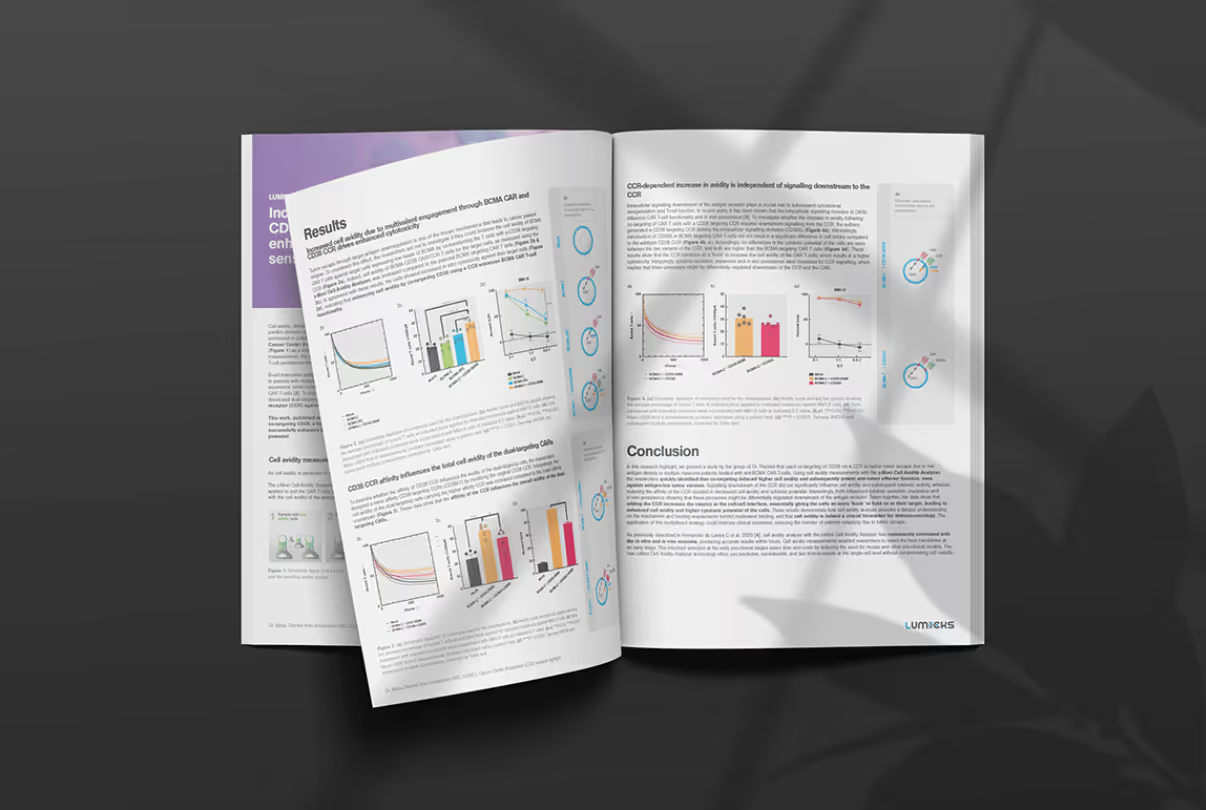In a recent publication in PNAS, researchers from the Max Planck Institute of Molecular Cell Biology and Genetics (MPI-CBG) and the Deutsches Zentrum für Neurodegenerative Erkrankungen (DZNE) shed light on how proteins interact with individual DNA molecules to form co-condensates. Using LUMICKS’ C-Trap®, which combines optical tweezers, confocal microscopy, and controlled microfluidics, they were able to show that protein adsorption in a single layer on DNA produces a sticky protein-DNA polymer that can collapse to form a co-condensate.
Biomolecular condensates are intracellular organelles that are not membrane-bound and often show liquid-like, dynamic material properties. They typically contain various types of proteins and nucleic acids. Several roles have emerged in recent years for biomolecular condensates, such as nuclear organization, gene expression and DNA repair. However, how the interaction of proteins and nucleic acids finally results in dynamic condensates remains elusive.
In this study, the researchers focused on investigating how the prion-like protein Fused-in-Sarcoma (FUS) – a ubiquitously expressed protein and an early component of DNA repair condensates – interacts with DNA to form condensates. To this end, they devised an in vitro experiment based on optical tweezers combined with fluorescence microscopy, in the form of the C-Trap instrument. This allowed them to manipulate single DNA molecules in the presence of FUS protein in solution, image FUS proteins associating with the DNA molecule, and at the same time control and measure the forces exerted on the DNA. These ingenious experiments revealed that FUS adsorbs on DNA in a monolayer and hence generates an effectively sticky FUS–DNA polymer that collapses and finally forms a dynamic, reversible FUS–DNA co-condensate. Based on these results, the authors speculated that protein monolayer-based protein-nucleic acid co-condensation may be a general mechanism for the formation of intracellular membraneless organelles.
This study is a great example of how the C-Trap can be used to reveal the physical nature of protein-DNA biomolecular condensate formation. Ultimately, these types of measurements can help expand our knowledge on how and why biomolecular condensates are important structures in the overall function of the cell.
Congratulations to Dr. Roman Renger and Prof. Stephan W. Grill from the MPI-CBG and the DZNE for these exciting findings and the publication!
If you would like to find out more about their exciting results, read the full article published in PNAS titled “Co-condensation of proteins with single- and double-stranded DNA.”









